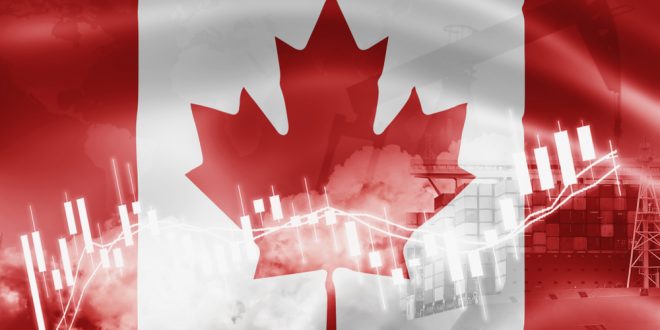Market analysts anticipate that the Bank of Canada will maintain its key overnight rate during its upcoming meeting on Wednesday. Despite this expectation, persistent inflationary pressures have prompted markets to revise their projections for the timing of the next interest rate cut, postponing the possibility of a reduction for the first time in almost four years. The recent trend had shown a decline or stagnation in prices over the past three months. However, headline inflation demonstrated an uptick in December, reaching 3.4% from 3.1%, while core inflation data, closely monitored by analysts, exceeded expectations on the upside.
Following the recent inflation data, money markets have adjusted their expectations for a potential rate cut. While they were previously unanimous on a 25-basis-point cut in April, the likelihood has dropped to 70% from 100% before the December inflation figures were released. Jules Boudreau, a senior economist with Mackenzie Investments, notes that the recent surge in inflation has diminished the chances of a rate cut this week and deems it improbable even in March. He suggests that the first quarter-point cut may occur in April, later than his earlier forecast.
Economists anticipate that inflation in Canada will persist at a higher level compared to the U.S., and the Bank of Canada (BoC) is expected to lag behind the Federal Reserve in implementing the first rate cut this year. A Reuters poll of 34 economists indicates that all expect the BoC to maintain its key overnight rate at 5% in both the upcoming meeting and the one in March. However, 12 economists anticipate a reduction in April, and about two-thirds predict the first rate cut since March 2020 to happen in June or later.
The Bank of Canada is scheduled to announce its rate decision on Wednesday, and it has brought forward the release time by 15 minutes starting January. The quarterly Monetary Policy Report, including new forecasts, will also be disclosed, and markets will closely monitor Governor Tiff Macklem’s comments on the rate trajectory. The BoC increased its overnight rate with ten hikes between March 2022 and July 2023 to combat inflation. While headline inflation has decreased from its peak of 8.1% in June 2022, it remains above the central bank’s 2% target.
The Bank of Canada’s December core inflation measures, specifically CPI-trim and CPI-median, indicate that underlying inflation has not been fully contained. The three-month annualized rate for both measures surged to 3.6% from an upwardly revised 2.9% in November. According to Royce Mendes, head of macro strategy for Desjardins Group, the resilience of shelter costs, which constitute nearly a third of the consumer price inflation basket, combined with sustained wage growth of 4-5%, is contributing to the persistent nature of inflation in Canada.
Growing concerns about a potential economic downturn add to the complexity of the situation. Canada’s economy contracted at an annualized rate of 1.1% in the third quarter of 2023, and figures for the fourth quarter are scheduled for release on January 31. The challenging economic conditions and ongoing inflationary pressures pose a dilemma for the Bank of Canada as it navigates monetary policy decisions in the coming months.
 Noor Trends News, Technical Analysis, Educational Tools and Recommendations
Noor Trends News, Technical Analysis, Educational Tools and Recommendations





